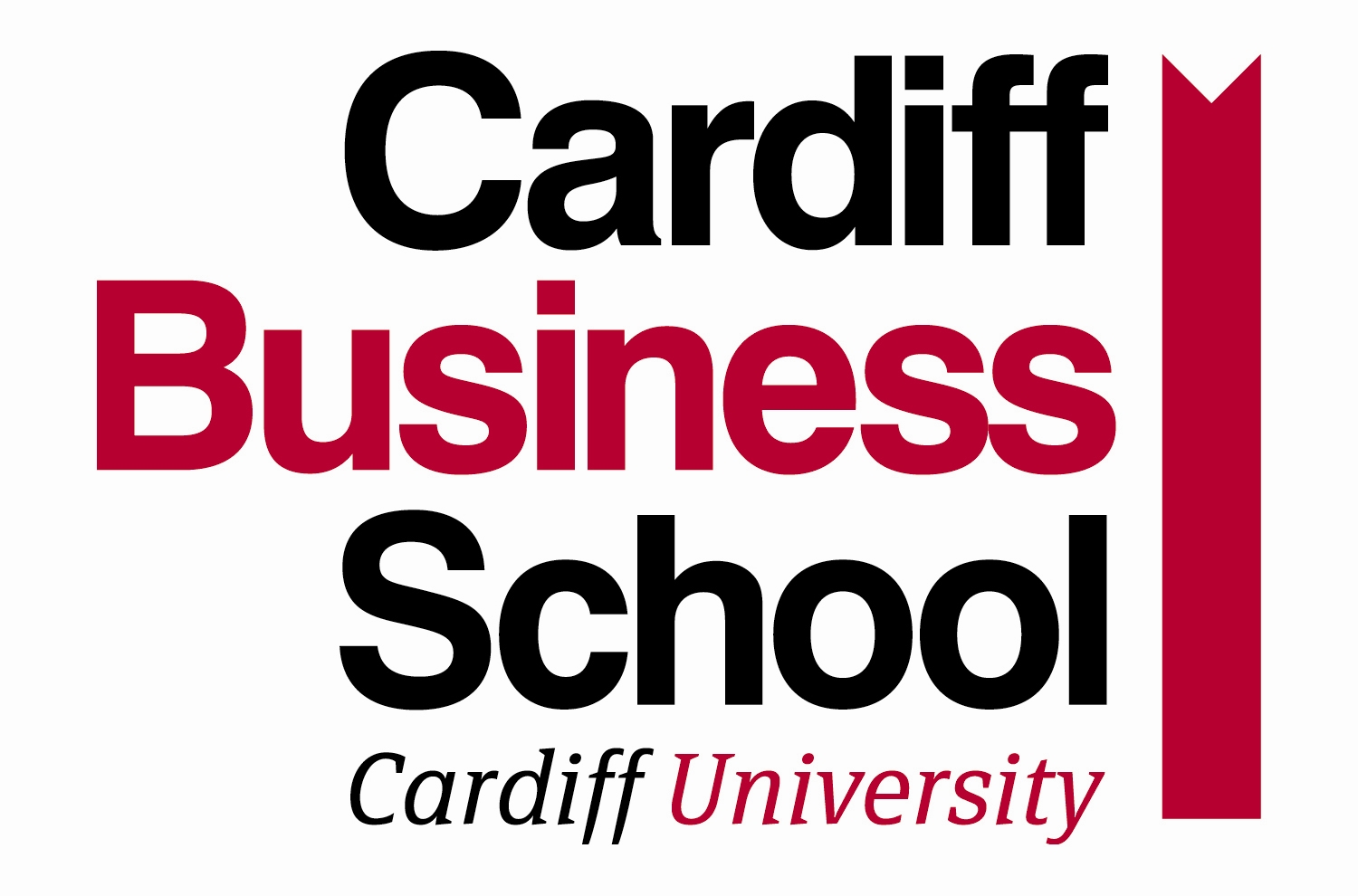|
As with all academic reading, it is important to be clear why you are investing time in trying to learn something from a text. If you know why you are engaging with this text, you can decide which reading strategy to use at the outset. Maybe you will change strategy later if, say, initial skimming of the text shows that it is centrally important to your enquiry. You can help yourself become an expert text skimmer if you use as an ‘advance organizer’ your increasing familiarity with the structures for developing the overall argument in academic texts that are most common. You can always expect to find keywords in the title and in the section or paper headings. You can also always check likely places for a summary or overview, such as: · the abstract for many academic journal articles · the first and last paragraph of the introduction section and the conclusion section in a journal article or book paper · the first and last paper of a book You can start your skimming in these likely places, then move on if you want more detail to other sections or papers. A complementary technique that can prove useful in helping you gain an overview of a long text is to skim the reference list, to get a sense of the literature that is informing the text at hand. As you read more texts in a particular area of enquiry, you will gradually become familiar with ‘landmark’ texts that are widely referred by authors, and also of the range of theoretical positions and relevant empirical studies that have been carried out. A quick skim of the reference list for each new text in this area will give you an impression of what the contribution of the text is likely to be. Here is a long text skimming exercise, based on an extract from a paper about the business strategy of the low-cost airline ‘easyJet’. We are going to invite you to skim the text to answer several questions, but first we suggest you consider where you might go to get your answers without having to skim the whole text. Suppose you are interested in learning about business strategies in changing market conditions, and you have come across this paper. You wish to answer the following questions for your study – where might you go to skim for your answer to each question? You can access the text by clicking here.
Also see Distinguishing betweeb support and front-line literature Here is the answer we obtained to each of these questions and where in the paper we found it.
Since skimming can save so much time, be ready to use this reading technique when attempting to gain an overview of a text or parts of it. But be efficient! Help yourself by first considering what you know about common structures of different forms of text. Use this knowledge to think where you are likely to find summary information, then try these places first. |


